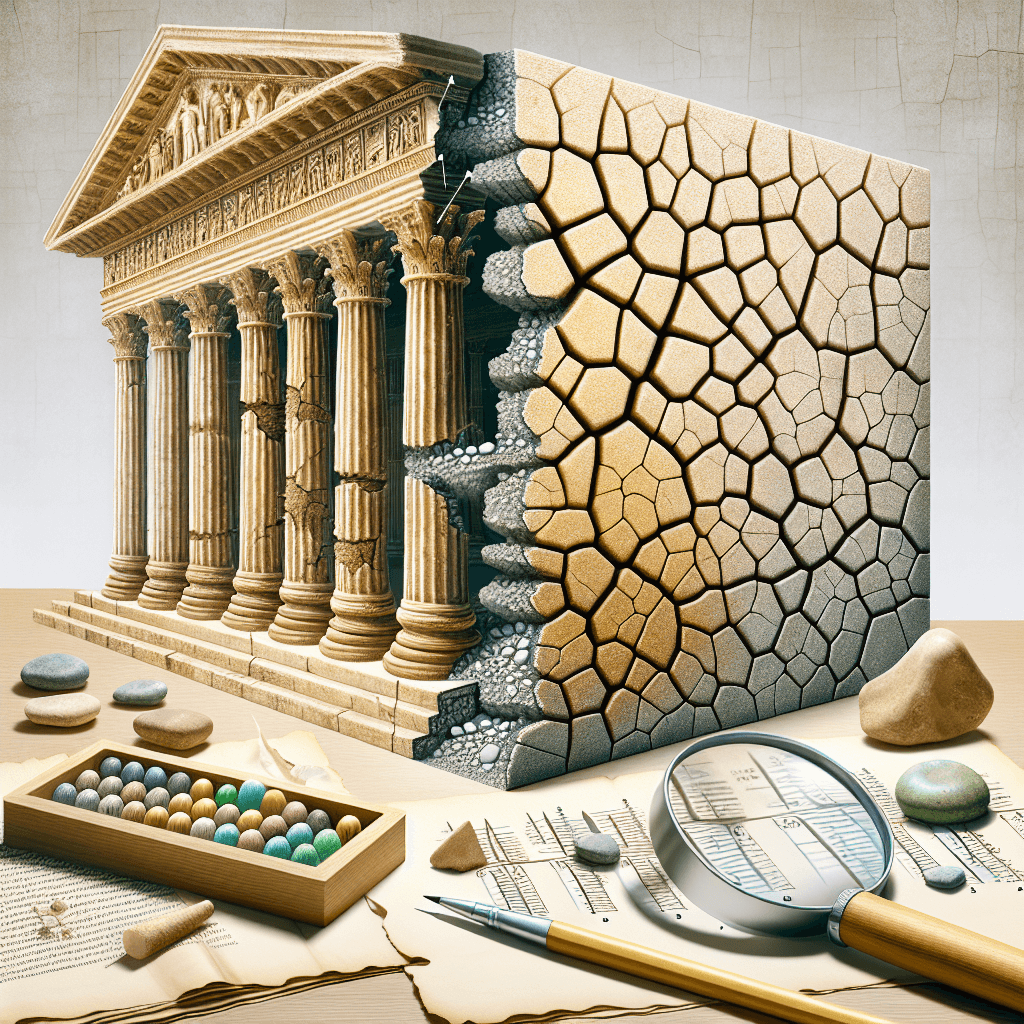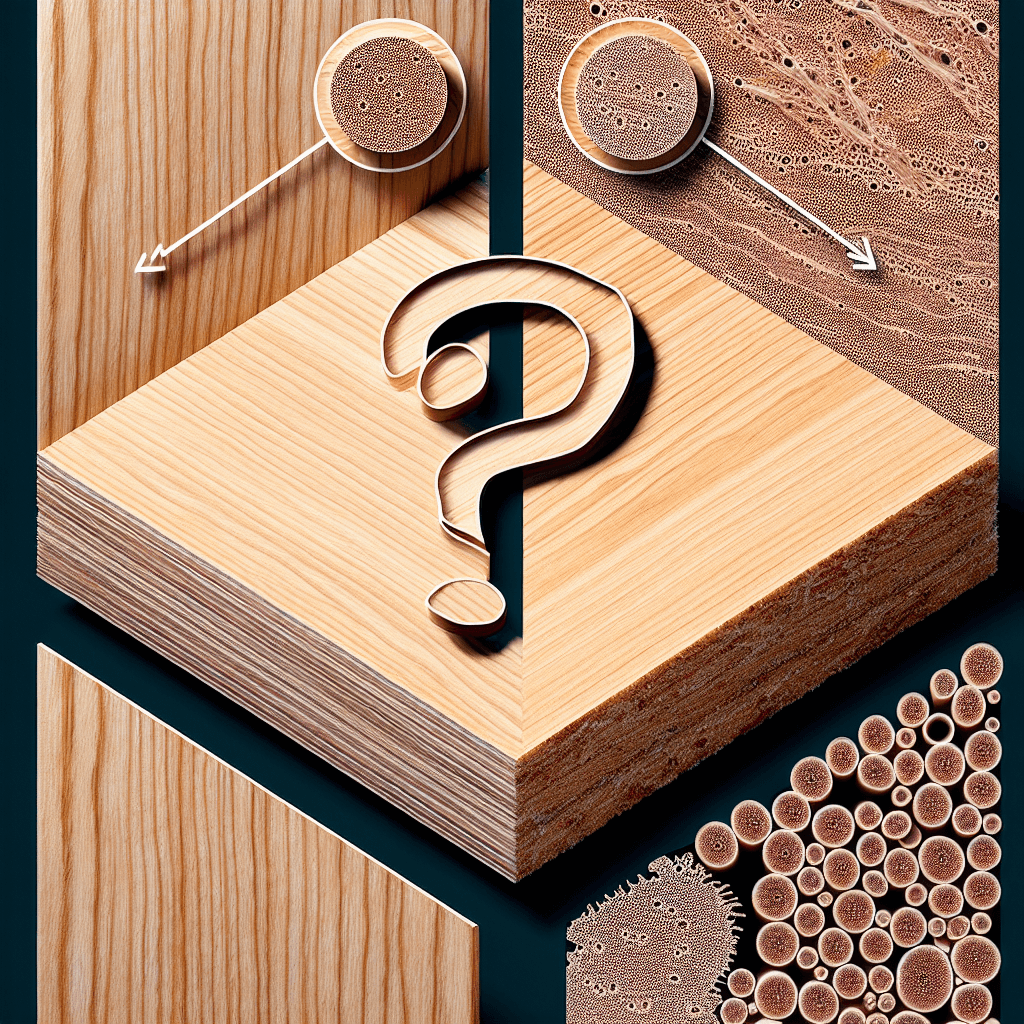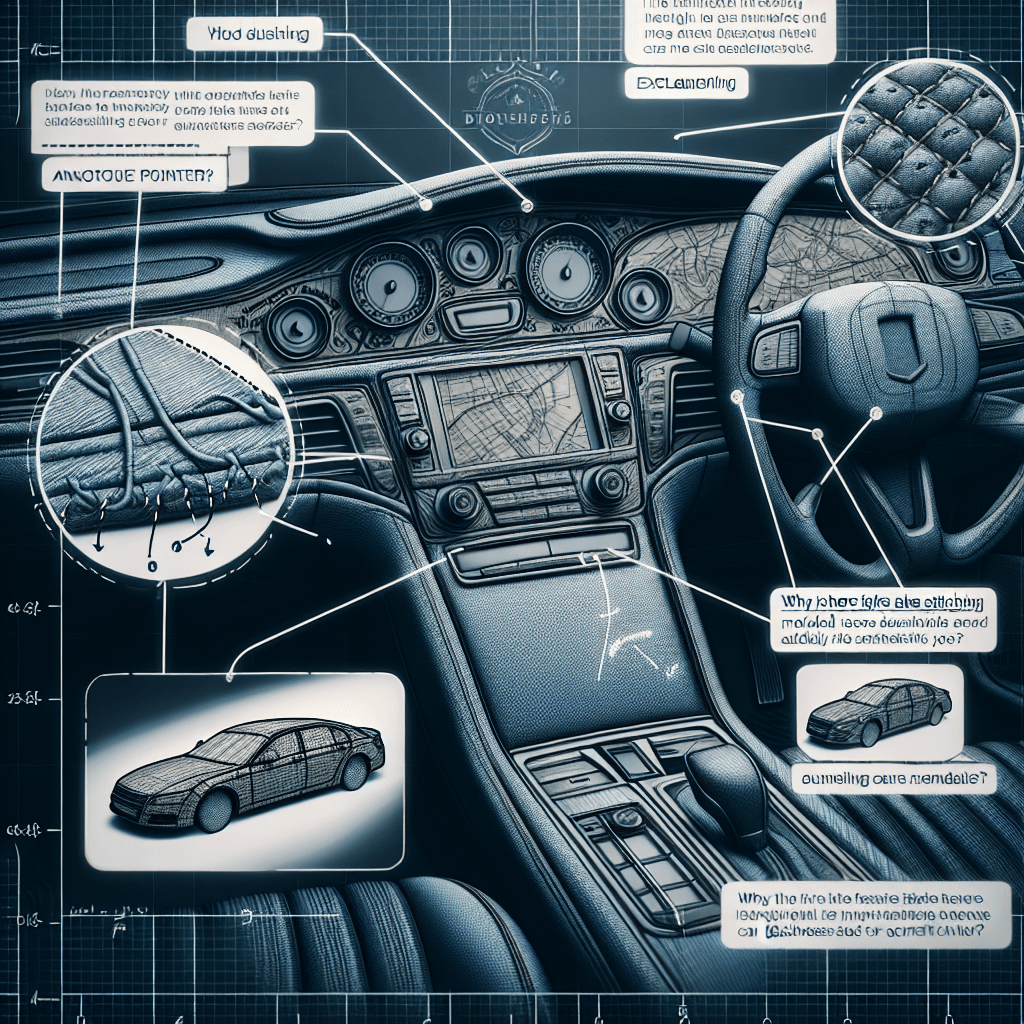How does ancient Roman concrete manage to heal its own cracks over centuries
While our modern concrete crumbles within decades, ancient Roman structures have been actively healing their own cracks for 2,000 years, thanks to a long-lost secret ingredient we've only just rediscovered.


Too Long; Didn't Read
TLDR: Scientists discovered that small, white chunks of lime purposely left in Roman concrete would dissolve when water entered a crack. This created a calcium-rich solution that recrystallized, filling the crack and healing the structure.
Cracking the Code: How Does Ancient Roman Concrete Manage to Heal Its Own Cracks Over Centuries?
For over two millennia, structures like the Pantheon in Rome, with its magnificent unreinforced concrete dome, and the robust aqueducts that crisscross the European landscape have stood as silent testaments to Roman engineering genius. While modern concrete structures often begin to crumble within decades, these ancient marvels have endured earthquakes, the elements, and the relentless march of time. For centuries, historians and scientists believed they understood the recipe for this durability—a mix of volcanic ash and lime. But this only told part of the story. A deeper mystery remained: how do these ancient structures appear to repair their own damage? This post will delve into the groundbreaking discovery that finally explains how ancient Roman concrete manages to heal its own cracks.
Beyond the Ash: A Look at the Traditional Recipe
For years, the remarkable strength of Roman concrete was primarily attributed to its unique ingredients. Roman engineers didn't use the modern Portland cement we rely on today. Instead, their recipe was a masterful combination of:
- Volcanic ash (pozzolana): Sourced from deposits like those near modern-day Pozzuoli, this ash was rich in silica and alumina.
- Lime: A key binding agent.
- Water: The activator for the chemical reactions.
- Volcanic rock (tuff): Used as an aggregate to give the mixture bulk and strength.
When mixed, the pozzolanic ash reacted with the lime and water to form an incredibly stable and durable binding compound. This pozzolanic reaction explained the concrete’s immense strength and its ability to harden even underwater, a critical advantage for building bridges, harbors, and aqueducts. However, it didn’t fully explain the material’s incredible longevity or its apparent ability to mend itself.
The Breakthrough: Uncovering the Secret of the 'Lime Clasts'
The key to unlocking the self-healing mystery lay in plain sight, embedded within the concrete itself. For decades, scientists had noted the presence of small, white, millimeter-sized mineral chunks, which they called "lime clasts." The prevailing theory was that these were simply evidence of poor mixing practices or low-quality raw materials—imperfections in an otherwise brilliant formula.
However, recent research led by scientists from MIT, along with collaborators in Italy and Switzerland, challenged this assumption. Using advanced imaging and chemical mapping techniques, they analyzed samples of Roman concrete from the Privernum archaeological site in Italy. Their findings revealed that these lime clasts were not accidental flaws but rather a deliberate and crucial component of the concrete’s design, created through a process known as "hot mixing."
How Hot Mixing Leads to Self-Healing
The researchers discovered that the Romans likely used quicklime (calcium oxide) directly in their mix, rather than first slaking it with water to create slaked lime (calcium hydroxide), which is the standard practice today. The addition of quicklime triggers a powerful exothermic reaction, raising the temperature of the entire mixture significantly. This "hot mixing" process has two critical effects:
- Creates Unique Chemistry: The high temperatures alter the overall chemistry, allowing compounds to form that would not be possible in a lower-temperature process.
- Forms Brittle Lime Clasts: More importantly, the heat leaves behind pockets of reactive, brittle lime clasts within the hardened concrete structure.
This is where the self-healing magic happens. The process unfolds in a simple yet brilliant sequence:
- A Crack Appears: Over time, a tiny crack forms in the concrete. As it spreads, it preferentially travels through the weaker, brittle lime clasts.
- Water Enters: Rainwater or moisture from the air seeps into this newly formed fissure.
- A Reaction Begins: The water reacts with the highly reactive quicklime preserved inside the clast.
- The Crack is Filled: This reaction creates a calcium-rich solution that rapidly recrystallizes as calcium carbonate, effectively "gluing" the crack shut. This new mineral deposit fills the void, stopping the crack from spreading further and reinforcing the structure.
Lessons from the Romans: The Future of Concrete?
This ancient innovation is more than just a historical curiosity. Modern concrete production is responsible for about 8% of global carbon emissions. Furthermore, the constant need to repair or replace deteriorating modern infrastructure carries a massive financial and environmental cost.
By understanding the principles of Roman hot mixing, scientists and engineers are now exploring ways to create a new generation of self-healing concrete. Incorporating this ancient wisdom could lead to structures that last significantly longer, require far less maintenance, and ultimately reduce the carbon footprint of the construction industry. The Romans built for eternity, and their methods may help us do the same.
In conclusion, the enduring strength of Roman concrete is not just a result of a superior recipe but a testament to an ingenious, multi-functional design. The once-dismissed lime clasts are now understood to be a cleverly engineered self-healing system. This revelation fundamentally changes our understanding of ancient technology and offers a profound lesson: sometimes, to build a more resilient future, we must first look to the solutions perfected in the distant past.


